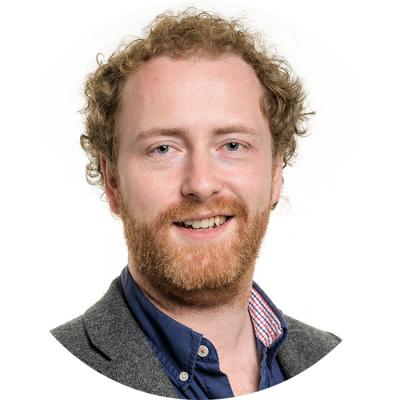Sweden has quietly become a superpower in accelerator technology, get ready for its impact in biology, says Ben Libberton, Science Communicator at MAX IV.
Big improvements in technology and inventions have often accompanied scientific revolutions. I’m thinking about PCR, the electron microscope and sequencing machines, all of which gave rise to new branches of science and allowed researchers to better understand their world. Two accelerator facilities in the south of Sweden are set to provide unprecedented opportunities to scientists in Stockholm, and indeed the whole of Sweden to apply accelerator-based technology to biology.
As a biologist myself I realise that this may seem a little abstract, so I’ll tell you how it was explained to me on my first day working at MAX IV, the Synchrotron facility in Lund. They are huge, ultra-high-resolution microscopes that let you see the distance between atoms in your sample. You can scan your cells with a synchrotron beam and get a beautiful 3D image but also see where different chemicals are accumulating, getting an extremely detailed picture of your chosen subject. As we like to say, we make the invisible, visible.
Particle accelerators have traditionally been the toys of physicists and material scientists, but that is changing a lot, especially in Sweden and MAX IV was built with life sciences in mind. We already have experimental stations for doing X-ray crystallography which is already helping solve the structures of proteins to understand diseases and develop drugs, but this is just the tip of the iceberg. We have beamlines that have been adapted from the material science field to accommodate delicate biological and keep them alive through the experiments. There are even plans in the future to produce a medical beamline which will be used for understanding and diagnosing disease.
MAX IV and ESS, are the newest and best facilities of their kind in the world and they are positioned to provide most benefit to Swedish researchers. The process of course will not necessarily be easy. The facilities are so new and powerful, that it’s difficult to understand exactly what experiments can or should be done there. To solve this problem we will need dialogue, with funders, journal editors and most importantly, researchers. We need to understand the current issues that researchers are facing and try to work out if MAX IV and ESS can contribute meaningful answers. At the same time, researchers need to be fully aware of the opportunities that are available to them through these facilities.
This is why we have organised a breakfast seminar on March 23rd with Stockholm Science City. We want to engage researchers in Stockholm, to give them a few ideas of what has already been done, but also to discuss how you would like to use these facilities. Register here >>

